Collaborative marketing can inject new life into your brand.
By collaborating with your peers, and creating a new attention-grabbing campaign, you can:
- Drive engagement
- Boost sales
- Capture new customers
- Innovate new products
- Build positive brand association
Today, we are going to explore what collaborative marketing is, show you examples of how it works, and tell you exactly how to start implementing it in your marketing strategy.

Manage all your social media accounts in one place.
Craft, schedule, & auto-post content to all your social channels, then track analytics and manage interactions from a single, easy-to-use dashboard.
What Is Collaborative Marketing (And Can You Benefit From It)?
Collaborative marketing is when multiple brands work together for mutual gain. Typically, these brands operate in different industries, but share an overlapping audience:
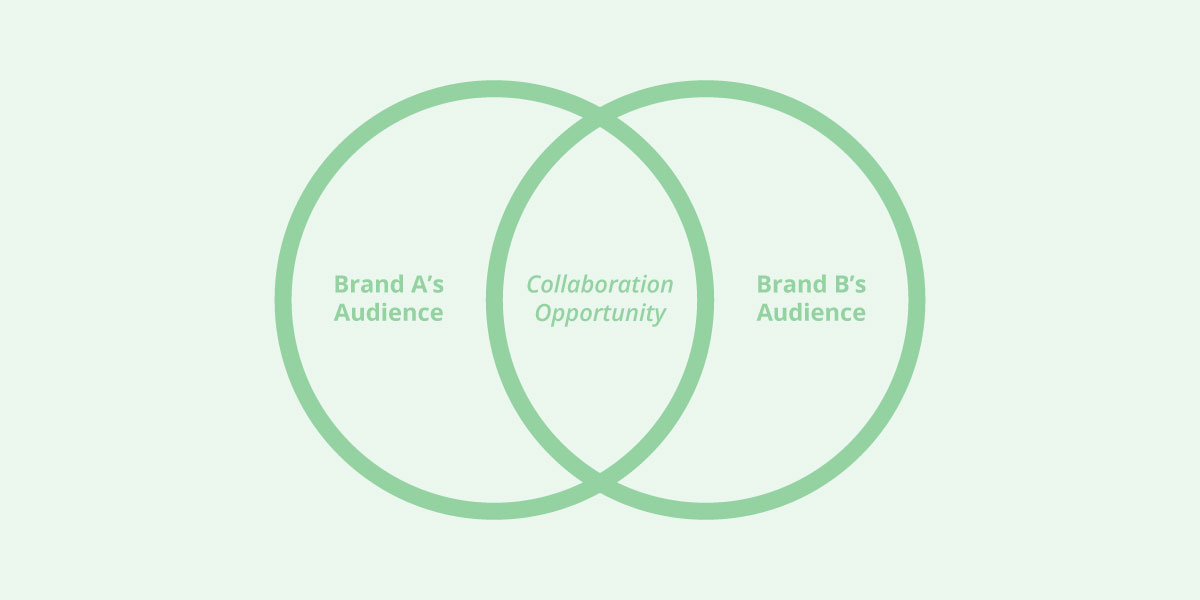
The brands join forces to create something unique that appeals to this subsection of customers, such as:
- Limited edition products
- Service integrations
- Events
As you will see later in this article, collaborative marketing has been used to create everything from riot-inducing 99c sneaks, to the most majestic pair of swim shorts ever:
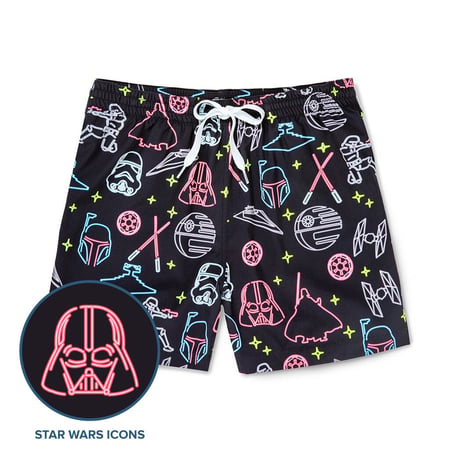
If you have a list of peers that would be compatible with your product, service, or brand message, collaborative marketing can be a great choice for your marketing team.
There are several benefits to be had, like:
- Access to a highly relevant audience
- Positive brand association
- Innovation in marketing and product ideas
- Wide-scale interest generation
Better still, this can all be done in a brand-safe environment where you have a high level of quality control. It is low risk, high reward.
But what makes for a successful marketing collaboration, and how can you choose which of your peers is the right fit?
Let’s take a look:
The 4 Elements Of A Successful Marketing Collaboration
There are four elements of a successful collaborative marketing campaign:
- Like-mindedness: your brands should have similar attitudes
- Complementary products: the collaboration should make sense
- Similar target markets: there is an overlap between your audiences
- Complementary marketing goals: all brands gain from the collaboration
In this section, we will look at each of these in more depth.
1. Your Brands Are Like-Minded
The pairing between your two brands should make sense to customers.
Specifically, it should feel natural that your brand messages have come together, even if you work in completely different industries or niches.
For example:
Sneakers and iced tea are not a traditional pairing. But, Adidas’ and AriZona’s brands have a lot in common.
They both appeal to “cool” audiences between 18-34 and keep many of their products affordable; you can still pick up an Arnold Palmer for 99c and some sneakers for under $60.
Adidas and AriZona infused these two parts of their brand messaging, alongside each of their well-known designs, to create a unique range of shoes they called the 99c sneakers:
These shoes retailed for 99c at a one-day pop-up store in NYC.
The collaboration attracted thousands of fans to a one-day pop-up store in NYC and eventually needed to be shut down by the NYPD for public safety. (Creating even more hype.)
You can now find these shoes reselling for between $100 and $700 on websites like Stock X, that creates further demand and word of mouth for both brands’ products:
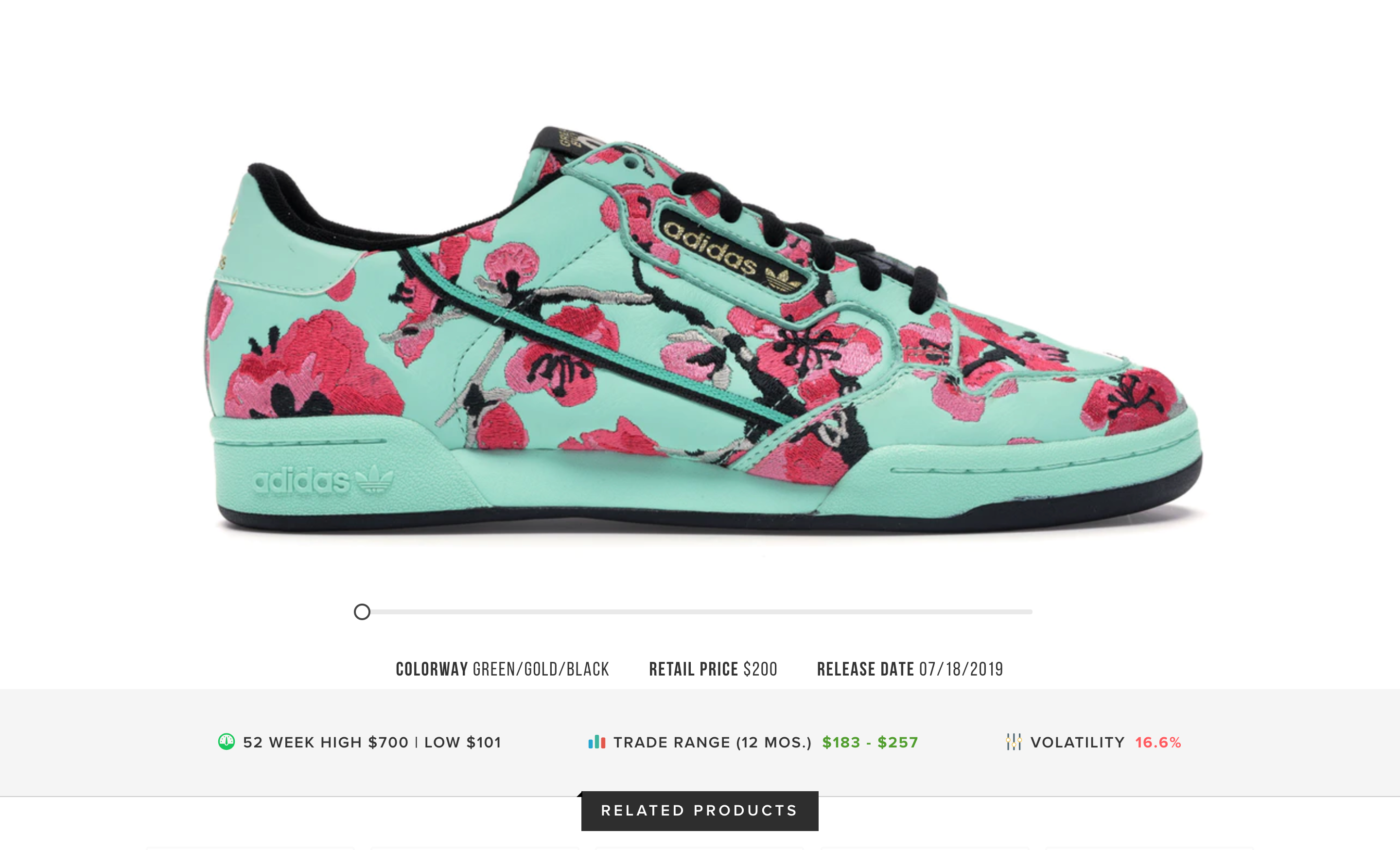
Although these brands operate differently in the day-to-day of their business, the collaboration makes sense. It is not weird or jarring.
This is also, in part, due to element number two:
2. Your Products Complement Each Other
Your products should work well together to create something unique, special, or better. It should give your customers a sense of, “why has this not been done before?”
This is why the 2019 collaboration between IKEA and Sonos was so successful. Usually, these brands are at opposite ends of the spectrum:
- IKEA makes affordable furniture
- Sonos makes not-so-affordable sound systems
You can buy three “Billy” bookcases for the price of Sonos’s cheapest speaker. And, that is why this collaboration was genius.
The brands worked together to create an affordable speaker that doubles as a piece of furniture called SYMFONISK:
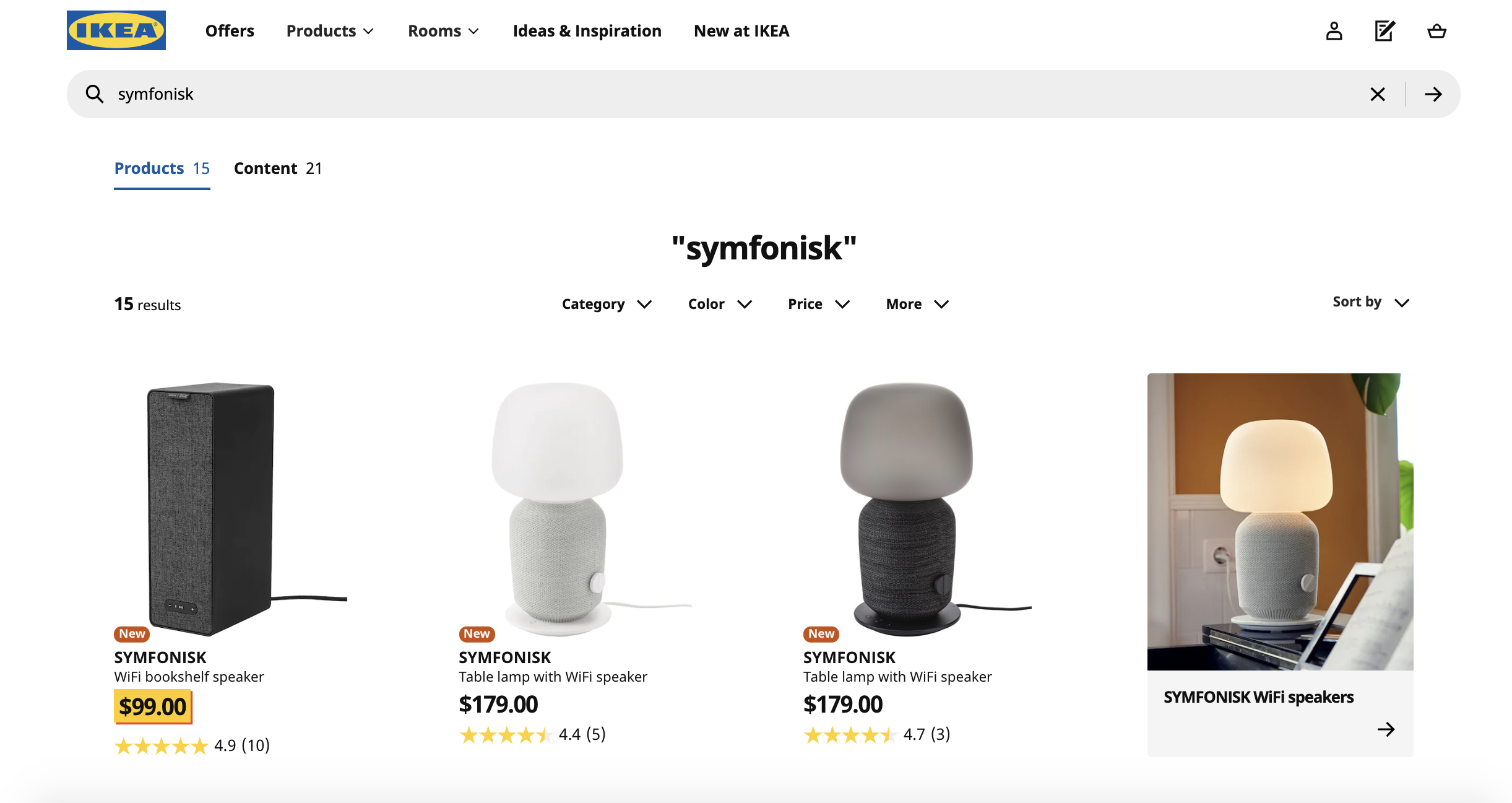
The product has all of the benefits of a Sonos speaker for an IKEA price. This is a win for customers, and also for both of the brands. Why?
Because:
- Customers get affordable access to a product
- IKEA builds brand loyalty by offering something truly special
- Sonos have a loss-leader that creates potential future customers
- Both receive positive brand association from the other
There was also endless tech-industry hype about these products, with publications like WIRED running full features on them.
Speakers have become a normal part of our home furnishings. So, this collaboration made real marketing sense for both brands. And, customers seem to agree.
Which is because they also had this next crucial component:
3. You Share Similar Target Markets
There needs to be an overlap between a specific sub-section of your brands’ demographics.
As we explored in the previous sections:
You can operate in different niches and industries with wildly different products. What you are looking for here is the 10 to 15 percent of people who live in both camps.
Which brings us back to the most magnificent pair of shorts ever created:
- Star Wars is famous for creating memorabilia. This is targeted at both male and female “avid fans,” most of whom are between 18 and 44 years of age.
- Chubbies make leisurewear. They are known for their crazy patterns and laid-back branding. Their customer base falls into much the same demographic as that of Star Wars.
Put the two together and what do you get?
The most comfortable range of Star Wars memorabilia ever:
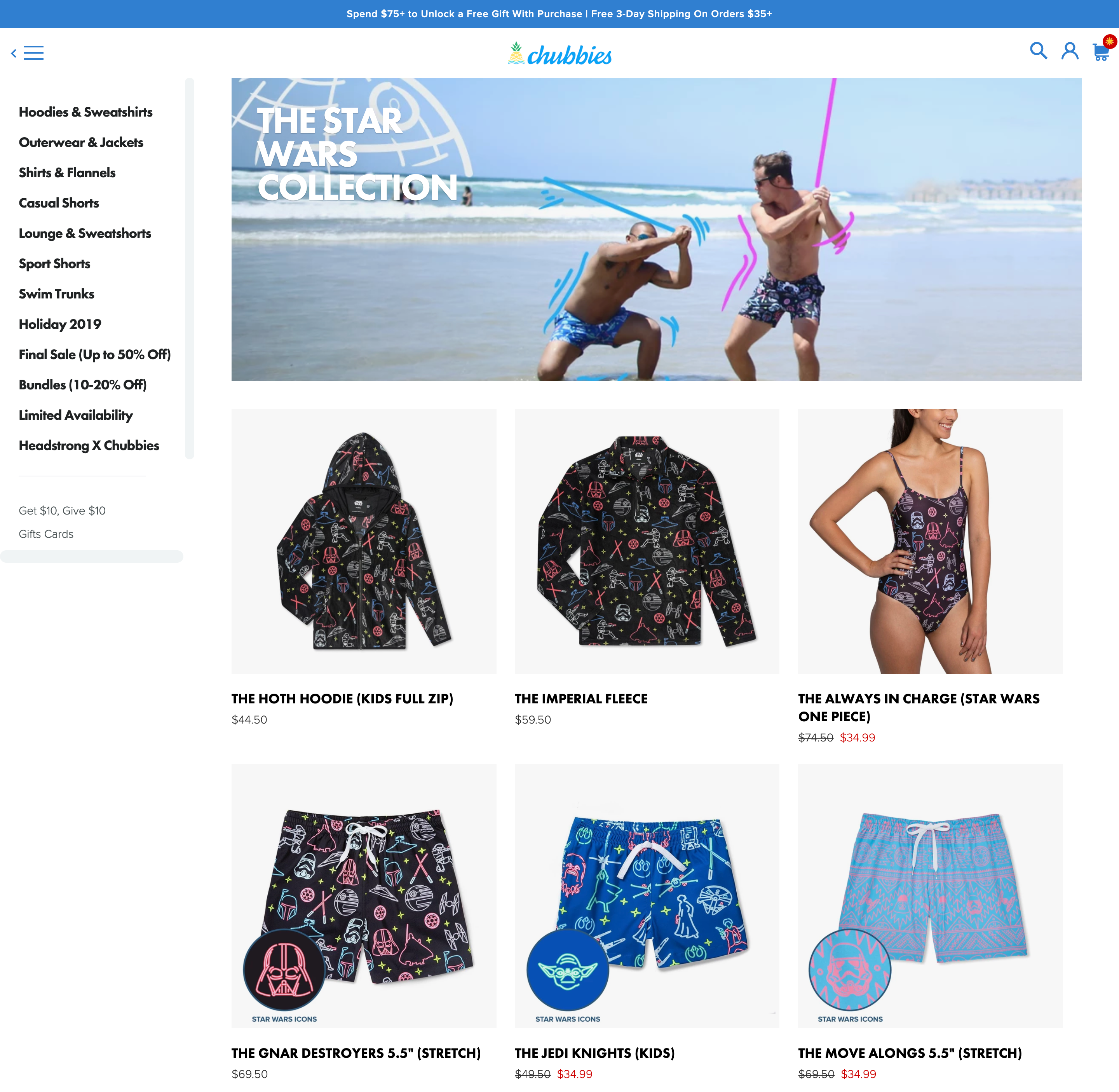
These products were not made for the majority of their customer base. They are focused purely on the small area of overlap between the two.
If you can find this audience between your brand and that of your peers, you are on the right track to a winning collaboration. There is just one more element you need.
4. You Share Complementary Marketing Goals
There needs to be a clear benefit for each brand. Usually, this is achieving a marketing goal.
For example:
2019 saw Netflix collaborate with Baskin Robbins to create a series of limited-edition flavors for the Stranger Things franchise.
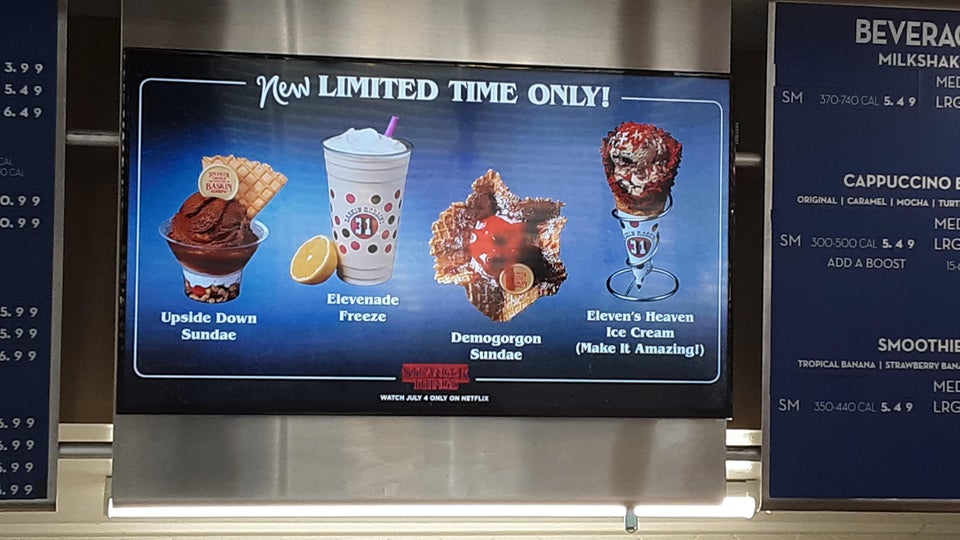
Credit: u/rossboss7906
Each brand had a clear (and complementary) marketing goal for this campaign:
- Netflix: wanted to create awareness and interest in Stranger Things
- Baskin Robbins: wanted to increase visits to their local stores
Netflix would generate word of mouth marketing, and increase their advertising impressions, through people who already frequent Baskin Robbins stores.
Baskin Robbins would receive an increase in people visiting their stores as Stranger Things’ fans came to try their new flavors. A win/win venture!
Successful collaborative marketing campaigns are built on these shared goals. So, be sure you can match-up your goals before entering into a partnership.
Speaking of which:
How To Find Collaborative Marketing Opportunities
There are several ways to find collaborative marketing opportunities. They can be found online and offline, and for both digital and physical products.
Let’s take a look at some of the most accessible methods.
Look To Your Peers
You likely have several peers in adjacent industries that you respect. You know, the other brands you look to for ideas or whose work you simply just admire.
This is a great place to start looking for collaboration because you:
- Are familiar with their work
- Know they are not direct competitors
- Can explore existing relationships
- Can easily find the overlap in your audience
The better the relationship with your peers, and the more aware of your work they are, the more likely they are to enter into a collaborative marketing campaign with you.
Explore Physical Product Recommendations
If you sell physical products, you can use online retailers to help you find brands to collaborate with. For example:
Amazon recommends “Frequently bought together” items on every product page, like these ones for the AeroPress Coffee Maker:
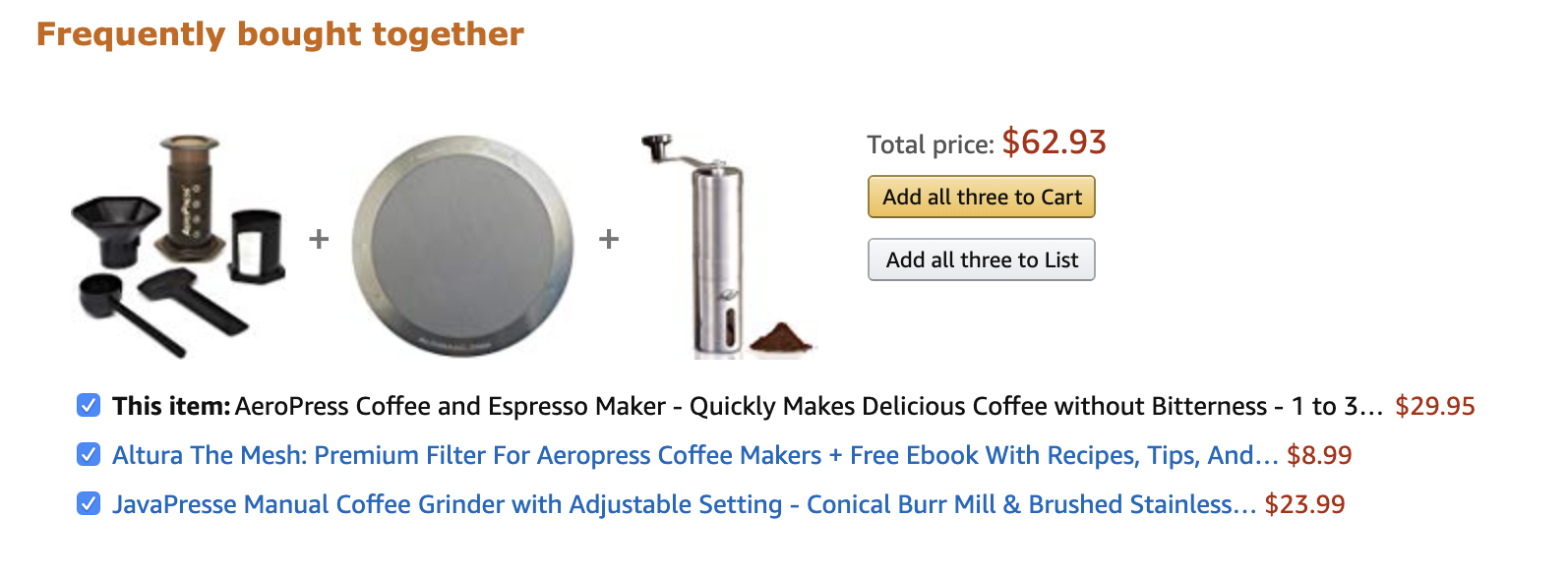
These are the brands that align with their audience but are not direct competitors. This is a great foundation to build collaboration from and can result in interesting new product creations.
Check Your Audience’s “Likes”
Meta Business Manager has an Audience Insights tool that can show you other business pages that your followers have liked.
Just enter your page information and go to the Page Likes tab:
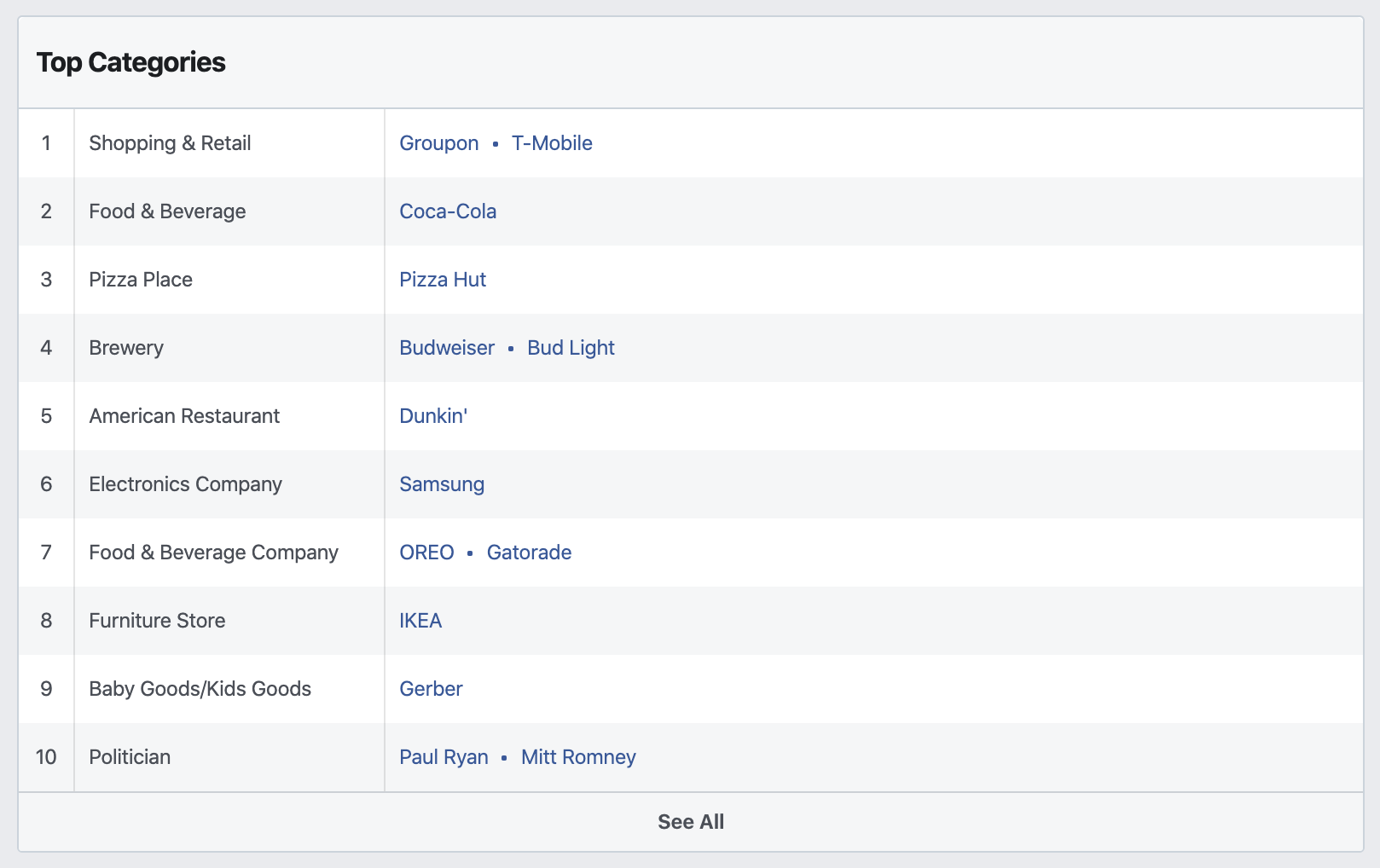
These are brands your audience is already engaged with and could uncover some brands you did not even realize intersected with yours.
You could also replicate this with YouTube’s “Viewers also watched” recommendations.
Connect With Personal Brands
Collaborating with personal brands can also be a great way to increase your marketing reach.
You can explore options such as:
- Affiliate marketing
- Referral schemes
- Creator-led pieces of content
- Unique takes on existing products
You could even take this down to a micro-influencer level and explore “friends marketing” opportunities. (You can read our guide to friends marketing right here!)
Plan And Launch Your Collaborative Marketing Campaign In 7 Easy Steps
If you are reading this section, it means that you have found a brand you want to collaborate with, and you have the four elements of a solid collaboration in place.
The next step is to plan and launch your marketing campaign. Here is how to do that in 7 easy steps:
- Create a “collaboration team”: this will be a cross-functional team of individuals who spearhead the collaboration. (Learn about those types of teams here.)
- Sync your marketing goals: the next step is to clearly lay out your marketing goals and sync them with each other. This will help create the collaboration’s context and direction.
- Decide on your type of collaboration: plan the way your collaboration is going to look. For example: will it be long-term or short-term? What will the “product” look like?
- Outline the logistics: what tools, resources, and manpower will you need to make this collaboration work?
- Assign clear roles: ensure each brand and individual team member is clear on what they are doing and when it needs to be done by.
- Create a workflow: develop a process of how work is passed from team to team, and how you will effectively meet deadlines. (Loomly can help you with this.)
- Get creative: all that is left now is to explore your teams’ combined creativity and generate a campaign your fans will love!
And, if you want to supercharge your collaboration, and ensure the process is as stress-free as possible, we would love to invite you to check out Loomly.
How Loomly Can Help You Create A Powerful (And Stress-Free) Collaboration
Loomly is the brand success tool that empowers marketing teams to take control of their corporate communication and build intuitive systems that make collaboration easy.
With Loomly you can:
- Schedule all of your collaboration’s updates with a built-in Social Media Calendar
- Manage your messaging with Approval Workflows
- Find new storytelling angles with our Post Ideas generator
- Measure your collaboration’s performance with Advanced Analytics
- Keep all of your marketing materials in one place with your Content Library
- Connect with the new fans you earn through Loomly’s Interactions tool
Better still, you can do this from one easily accessible dashboard that everyone on your collaborative marketing team can access.
Collaborative Marketing In A Nutshell
Collaborative marketing is when brands work together to create a campaign for mutual benefit.
Effective collaboration relies on four key components to function:
- Like-mindedness
- Complementary products
- Similar target markets
- Complementary marketing goals
You can find collaboration opportunities by looking to your peers, exploring related products, delving into your audience’s “likes”, and by connecting with strong personal brands.
You can plan and execute on your collaborative marketing campaign by following these seven steps:
- Create a “collaboration team”
- Sync your marketing goals
- Decide on your type of collaboration
- Outline the logistics
- Assign clear roles
- Create a workflow
- Get creative



